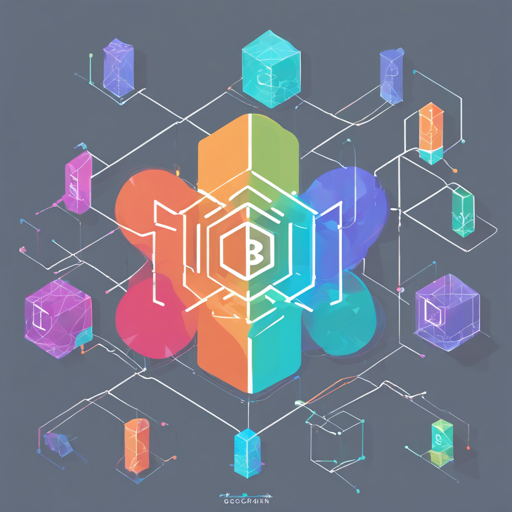If you’re excited to delve into the world of blockchains but want to start with something straightforward, you’re in the right place! This guide will walk you through the process of downloading, building, and running a simple implementation of a blockchain known as “naivechain.” Ready to become a blockchain budding developer? Let’s dive in!
Getting Started
To set up your naivechain blockchain, you’ll need to follow a few simple steps. This process involves downloading the necessary files, compiling them, and starting your nodes. Here’s how it’s done:
- Download and Compile: First, you’ll need to download the necessary blockchain module. Run the following command in your terminal:
go get -v github.com/kofj/naivechainbash naivechain -peersbash naivechain -api :3002 -p2p :6002 -peers ws:localhost:6001Interacting with the Blockchain via HTTP API
Your naivechain is set up! But how do you interact with it? That’s where the HTTP API comes into play. Below are some useful commands to query blocks, mine new blocks, add peers, and check your connected peers:
- Query Blocks: To see your current blocks, run:
curl http://localhost:3001/blockscurl -H "Content-type: application/json" --data '{"data": "Some data to the first block"}' http://localhost:3001/mine_blockcurl -H "Content-type: application/json" --data '{"peer": "ws:localhost:6002"}' http://localhost:3001/add_peercurl http://localhost:3001/peersUnderstanding Blockchain with an Analogy
Think of your naivechain as a library of books. Each book represents a block in your blockchain, containing valuable information about various transactions. When you want to add a new book to the library, you must write it (mine a block) and ensure that everyone knows it’s not a fake book (verify the block). Peers in this library are like librarians who communicate with each other to ensure everyone is aware of all the new books added. The API is your inquiry desk, where you can ask which books exist, request to add new ones, or see how many librarians (peers) are available.
Troubleshooting Tips
If you encounter issues during your setup or interaction with the naivechain, here are some troubleshooting tips:
- Check your Configuration: Ensure that the API and P2P ports are not blocked by your firewall.
- Error Messages: Pay close attention to terminal output messages. They often provide hints about what went wrong.
- Connection Issues: If you’re not able to add peers or query blocks, verify that the nodes are running and the correct ports are specified.
For more insights, updates, or to collaborate on AI development projects, stay connected with fxis.ai.
Conclusion
Now you have a simple yet effective way to create and interact with your own blockchain. Experiment with the commands, add more nodes, and develop your understanding of how blockchain technology works. This foundational knowledge can pave the way for more advanced projects in the future.
At fxis.ai, we believe that such advancements are crucial for the future of AI, as they enable more comprehensive and effective solutions. Our team is continually exploring new methodologies to push the envelope in artificial intelligence, ensuring that our clients benefit from the latest technological innovations.

